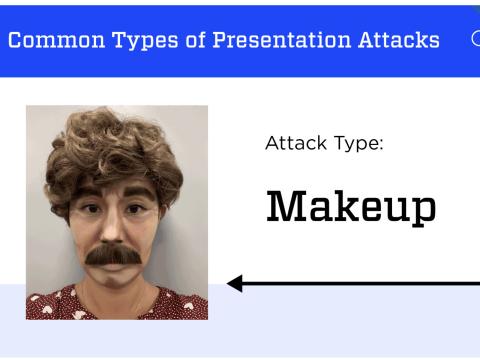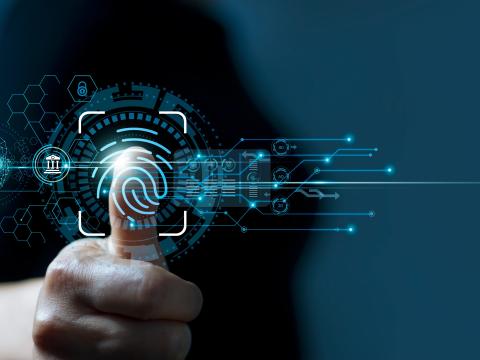Biometrics: Changing the Game and Facing Challenges
Biometrics has advanced significantly over the past decade, altering the lives of people across the globe, especially in developing countries. But the field faces many concerns as it looks toward the future.
Ken Gantt, acting deputy director, Office of Biometric Identity Management, outlined the challenges he sees at the Biometric Consortium Conference Tuesday in Tampa, Florida. The first is direction. Members of the biometrics community need to determine where they want to be in 2025. The second challenge is a combination of policy, privacy and perception. “What is right to share and with whom?,” Gantt asked. Third is operations in terms of improving the employment of biometrics. Fourth is technology. “We can’t do what we do without technology,” Gantt says. However, this comes with problems because of resource constraints. Developers have to make technology affordable.
The fifth and final challenge is identity, or rather, the definition of identity. Gantt explained that the term has different meanings for different people. The lack of uniformity presents challenges when groups try to work together. Gantt made several recommendations to resolve the issues he presented. One basic measure calls for a standardization of definitions and vocabulary to decrease confusion. Most of the other solutions revolve around increasing communications within and outside of the biometric community. Sharing ideas, insights and the benefits of adopting biometrics will advance the field internally as well as encouraging its acceptance by the general populace.
At the same time, personnel in the field need to realize biometrics no longer is considered a burgeoning area. “We’re not new anymore,” Gantt said, adding, “They expect us to be mature enough now to move to the next level.” Concern over privacy is another issue, especially after the recent revelations that the National Security Agency is monitoring so much of citizens’ information. Gantt encouraged listeners to advocate for the many benefits biometrics can offer such as reducing fraud in government programs or confirming identification for medical records. Talk about violation of rights turns public perception against identity management, and members of the biometrics community must steer the conversation in the right direction.
Working collaboratively across government, industry and academia will reduce existing stovepipes and improve the chances for biometrics enhancements in the future. This cooperation is important, because there are many opportunities for biometrics growth. He mentioned key trends where companies and the government to an extent can find ample chances for inserting their ideas. They are: pervasive connected technology, global population shifts and the emergence of new communities of interest/diffusion of power.




Comments